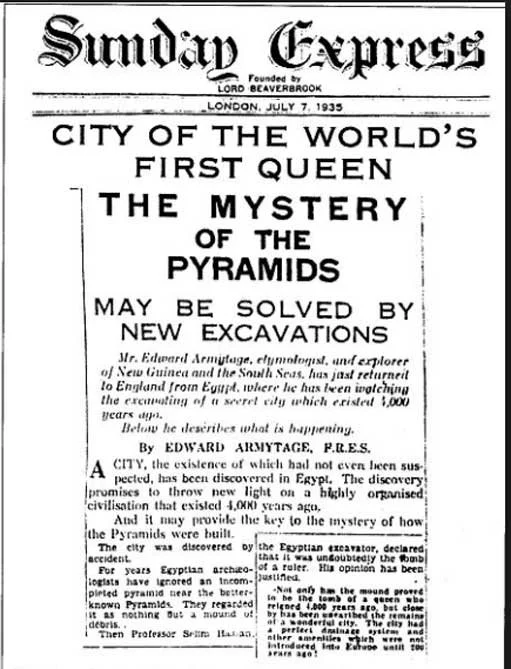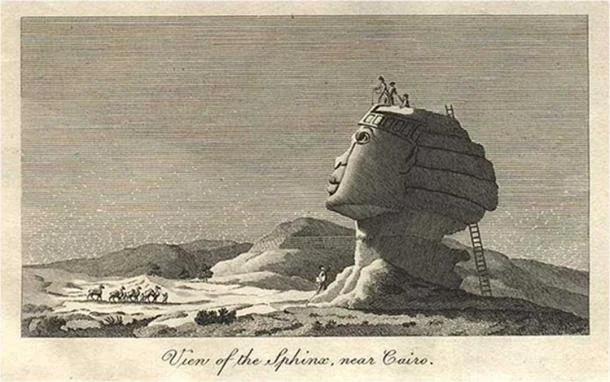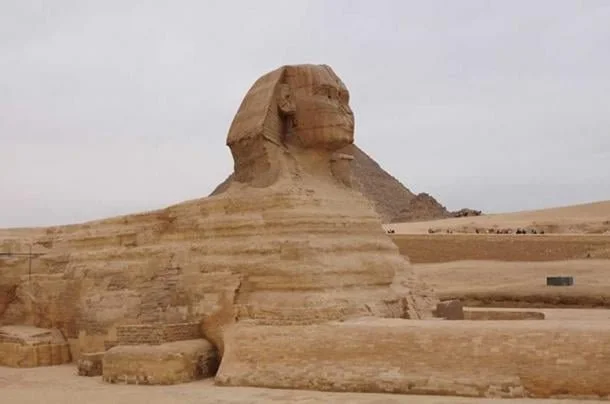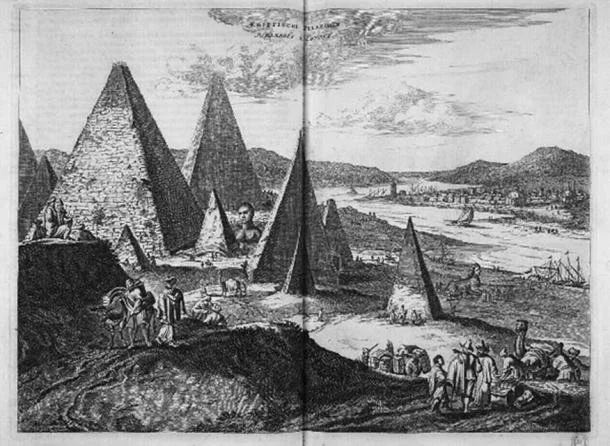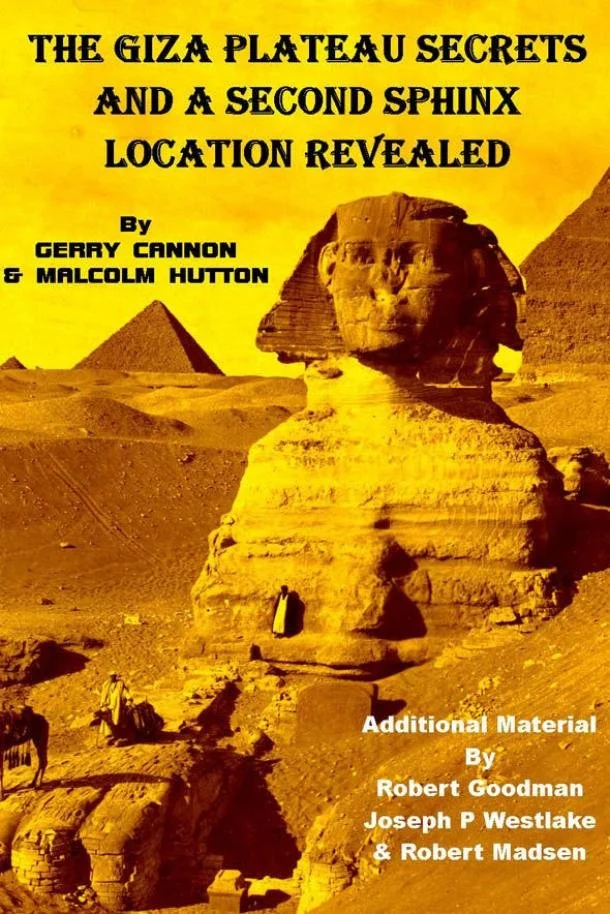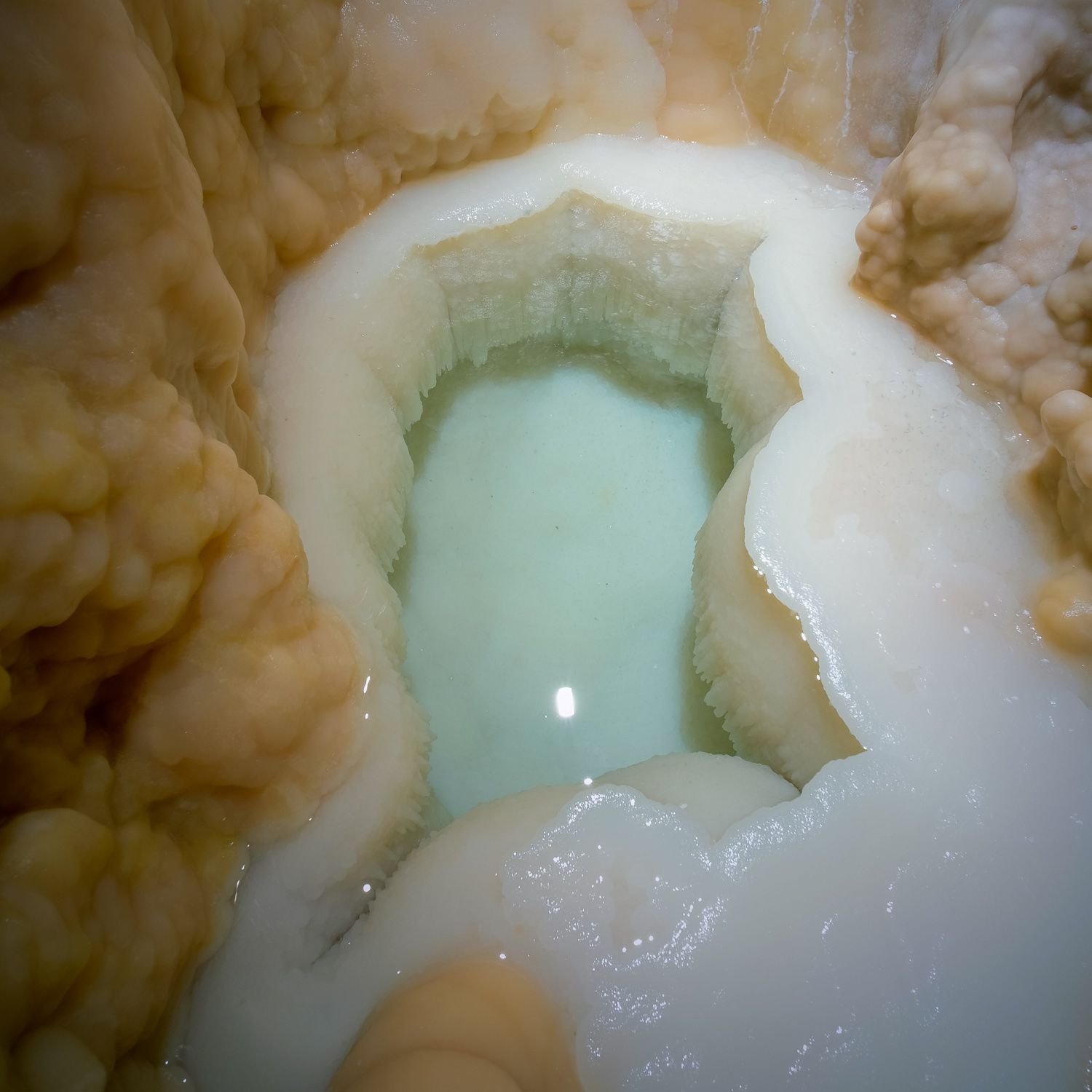But you have to know the psychology of the Greek language to understand the phrase "we will have histories", which means entanglements, struggles, and so on. We all know what politics means, but few know that politics in the medieval Greek language meant also whore! So, in order to understand Demosthenes' phrase, we need to know the psychology of language, which means that in relation to Philip, we need to trace the psychological transitions or upheavals that Philip's politics triggers in him. We begin with an observation: of the nine orations Demosthenes made against Philip, Philip is called a barbarian in only three (the relevant part in the "Against Stephanos" oration is a later addition). But let us start with the orations from the beginning:
1. In the "First Philippic" oration against Philip, written when the Macedonian king had reached Thermopylae and was also threatening to cut Athens off from the allied cities of Thrace and Euxinus, Demosthenes uses harsh language but never calls him a barbarian. Neither in the First nor in the Second Olynthiac oration.
2. Philip is first called a barbarian in the Third Olynthiac oration: "He is not an enemy, he does not possess what is ours, he is not a barbarian, whatever else one may say". The last sentence ("whatever else one may say") shows that the previous word "barbarian" is also used as an insult and not as a national designation. Demosthenes here stigmatizes Philip's behavior and not his origin.
3. In 346 BC, Demosthenes delivered his "On the Peace" oration. Philip has already conquered Olynthos, crushed the Phocaeans, and become a member of the Delphic Amphictyony. But now that the threat is more immediate, Demosthenes says nothing in his speech about Philip being a barbarian. Yet it would have been a wonderful opportunity for him to denounce before all Greeks that a barbarian had become a member of the amphictyony in which only Greeks participated. The reason why he did not do this is simple: he knew that all Greeks knew that Philip was not a barbarian.
4. In 341 BC, Demosthenes delivered the "On the Chersonese" oration,which is a war cry against Philip, who is not called a "barbarian" here either. And yet Demosthenes had just returned from Macedonia, where he had gone as an ambassador and stayed for three months. Therefore, he had the opportunity to learn the language, customs and traditions of the Macedonians. If he thought they were barbarians, why would he miss such a wonderful opportunity to comment on them?
5. A year later, he delivers the "On the False Embassy" oration and while he sharply characterizes Philip, he still says nothing about barbarism. This oration is of a legal nature and is directed against Aeschines, the leader of the "Macedonian party" in Athens. His aim is to show the opportunism and political immorality of Aeschines and to point out his contradictions. Specifically, he says of Aeschines, "Formerly he preached before the people and called Philip barbarian and destructive. But now Aeschines calls him the most Greek of men and the greatest friend of Athens!". With this rhetorical trick Demosthenes tries to expose Aeschines in the eyes of the Athenians as well as in the eyes of Philip.
6. Finally, in "third against Philip" is found the sentence to which J.B. refers and modifies in the translation. In this oration from 341 (three years before the battle of Chaeronea) Demosthenes, desperate to see Philip's omnipresence, has lost control of his words, treats Philip like a gladiator, and uses the worst insults against him. This verbal frenzy and verbal jibes are aimed at insulting Philip personally and his country in general. This is also evident in the sentence of the ancient commentator of Demosthenes, who examines the characterization of "barbarian" in the third Olynthiac:
"Because Demosthenes wants to insult Philip, he calls him a barbarian. But if he really wanted to investigate, he would find that he is a Greek from Argos, descended from the lineage of Hercules, as all historians confirm."


